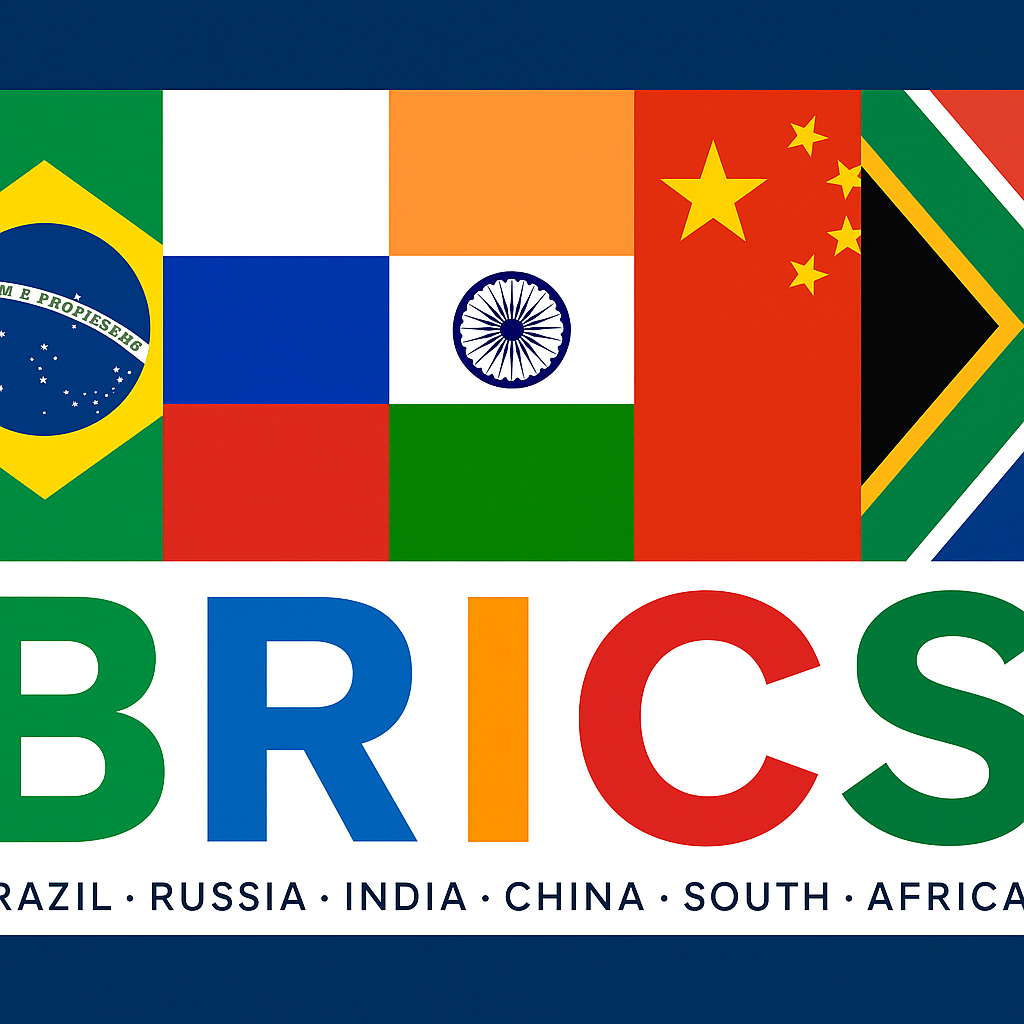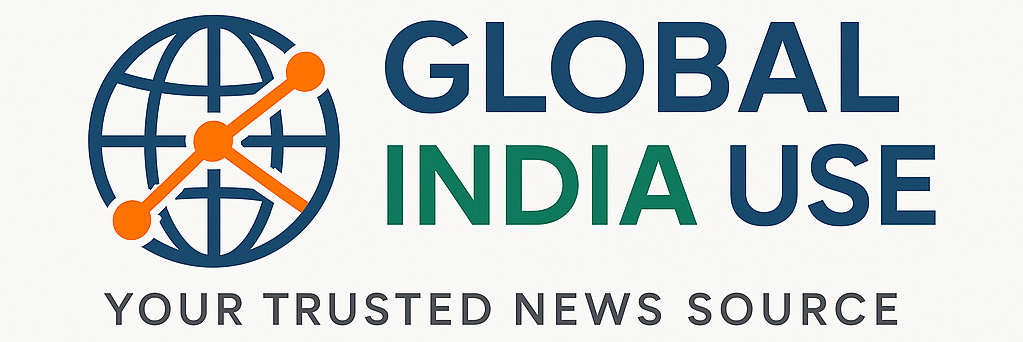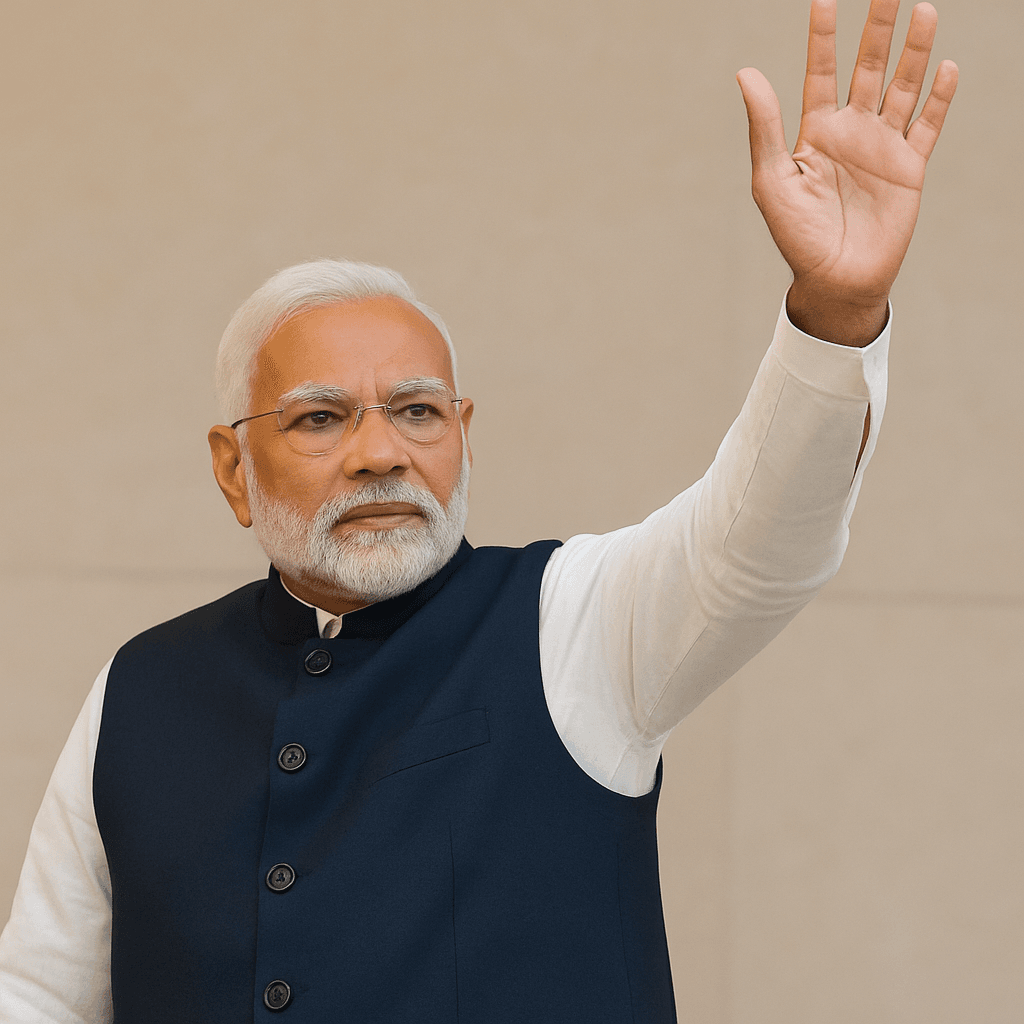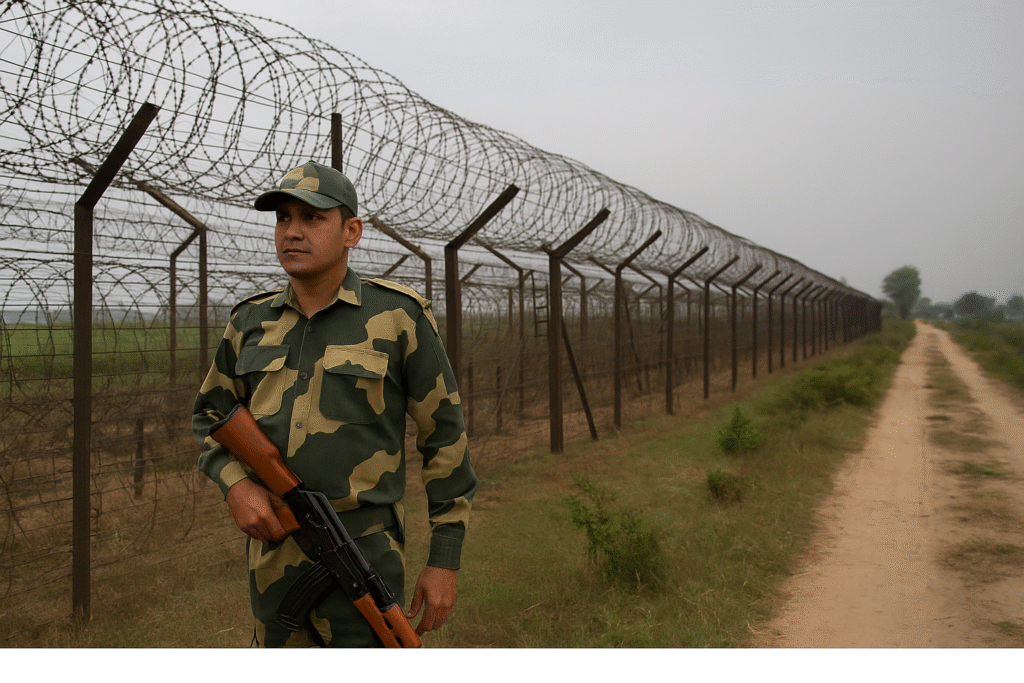PM Modi’s Bold Plan: India Will Give BRICS a New Shape in 2026
When Prime Minister Narendra Modi announced his PM Modi BRICS vision to give the group a “new form” in 2026, he wasn’t just speaking as a host — he was setting the tone for a major shift in how developing nations work together.
At first glance, it might sound like another diplomatic phrase. But behind it is a deeper idea: BRICS needs to evolve. The world has changed, and the group must change with it.
India’s role in this evolution could be historic.
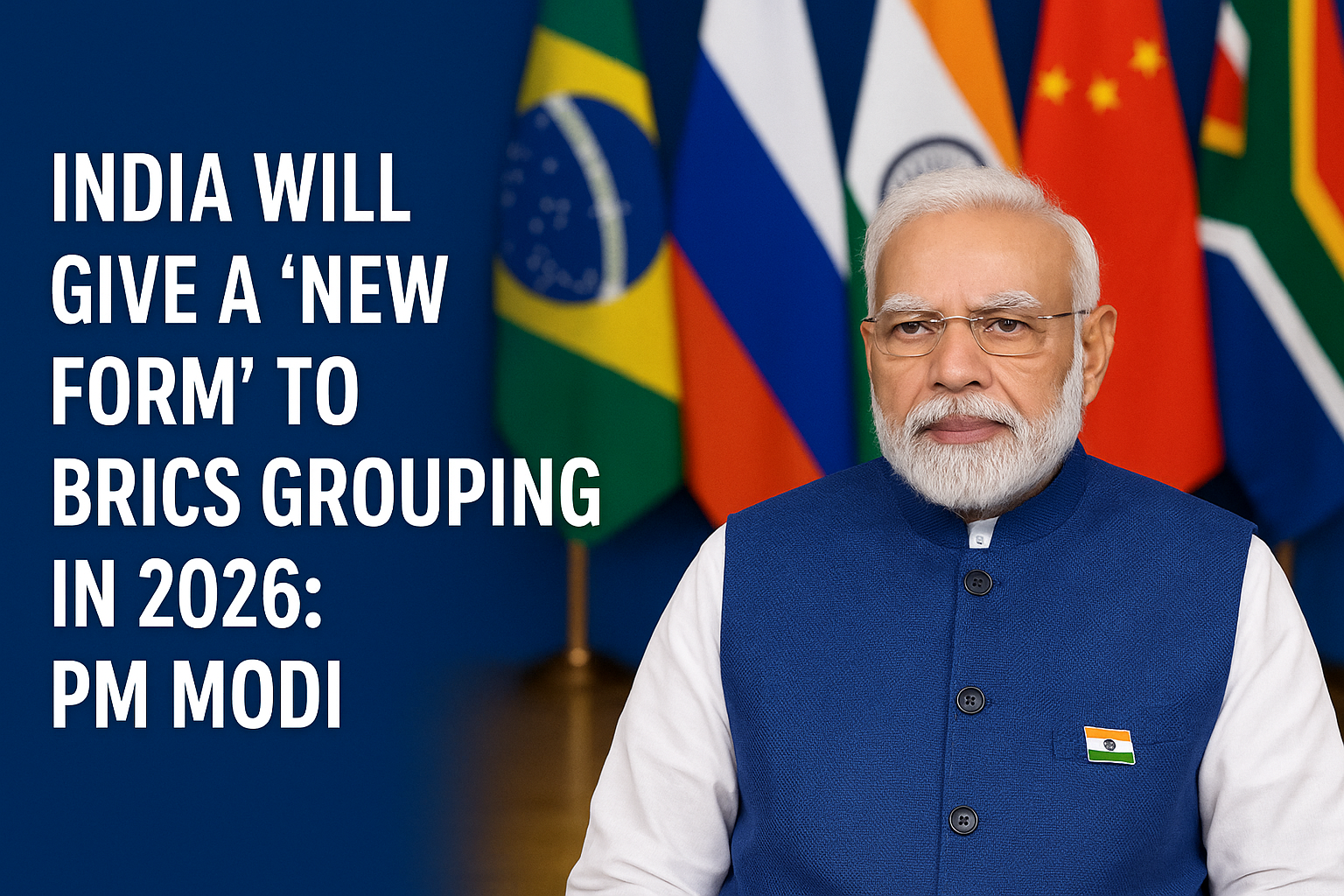
Why the PM Modi BRICS Vision Calls for a New Shape
BRICS began as a hopeful alliance — five nations from different continents, united by economic ambition and a desire to challenge the dominance of the West. But over time, critics have pointed out that while BRICS talks big, its actions haven’t always matched up.
Many summits have come and gone, but day-to-day life for millions in the Global South hasn’t seen much improvement because of it.
PM Modi seems to be suggesting: enough of that.
India doesn’t just want to expand BRICS or change its structure. It wants to give it purpose.
India’s Clear Priorities
From the way Modi has spoken in recent forums, and from India’s G20 experience, we can expect a few core areas of focus during its 2026 chairmanship:
- People before politics: The group should prioritize food security, access to medicine, and job opportunities — especially in developing nations.
- Real collaboration: Less talk, more action. India is likely to push for measurable, time-bound projects.
- Reform with results: Expect India to demand changes in outdated global systems — not just complain about them.
This isn’t about rivalry with the West. It’s about fairness — a world where emerging nations get their fair share of say and support.
A Voice for the Global South
India has been positioning itself as a bridge — between East and West, developed and developing, tradition and technology. BRICS could become the platform where this role becomes clearer.
Under India’s lead, smaller nations that have long felt ignored might finally get a space where their challenges are discussed — not as footnotes, but as priorities.
For example:
- African nations could benefit from more accessible trade deals
- Island nations facing climate disasters may finally be heard
- Youth in Asia and Latin America could get access to more global opportunities through education, tech, and jobs
This kind of shift would make BRICS something more than a summit club — it would make it relevant to real people.
2026: A Make-Or-Break Year for the PM Modi BRICS Vision
India has a chance to leave a lasting imprint on BRICS. The question is: will others follow its lead?
Success won’t come from long speeches. It’ll come from:
- Trust among members
- Clarity in goals
- Willingness to let go of old habits that no longer serve
Modi’s statement about giving BRICS a “new form” might be short — but its meaning is long-term. It could be the beginning of a BRICS that solves, not just sits.
You May Like Also
MEA Hits Back at CM Mann for Mocking PM’s Foreign Visits
Godavari Floods Snap Ties to Konaseema Islands; Locals Rely on Boats After Sand Path Vanishes
